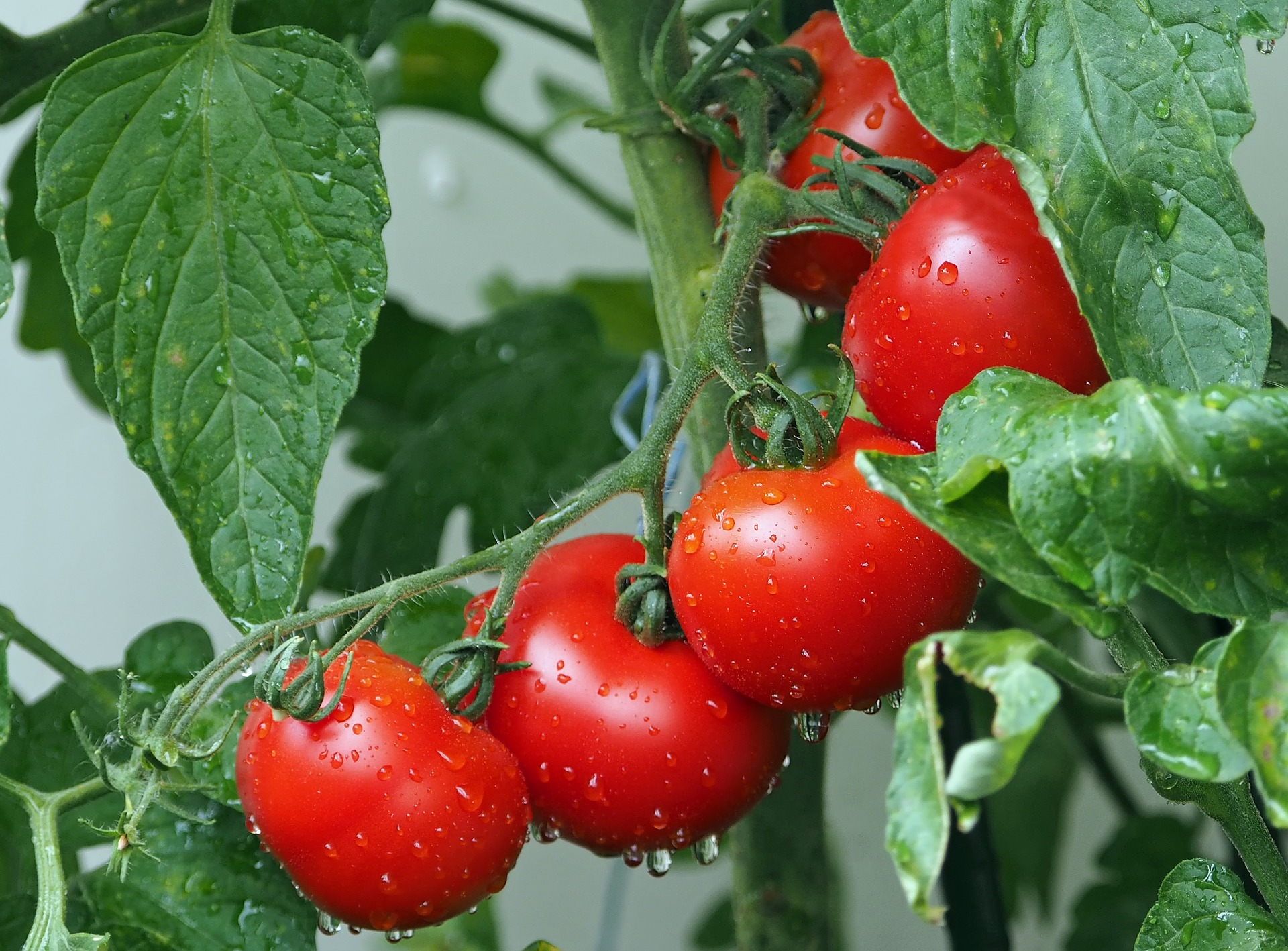
If you’re like most indoor gardeners, you’re constantly looking for the way to get the best results, the biggest plants, and the highest yields. And you probably already know that a lot of that boils down to getting the right amount of nutrition into your plants.
In a previous article on flushing your growing media, we mentioned that in order to avoid the salt buildup that leads to nutrient lockout, you should avoid overfertilizing your hydroponic system in the first place. But that’s easier said than done sometimes.
In this article, we explore the benefits of two different approaches--preventative flushing of growing media versus spoon-feeding nutrients to your indoor plants.
What is spoon feeding?
Spoon feeding simply means attempting to time the delivery of nutrients to most effectively boost plant growth without overfertilizing. This requires calculating how much of each nutrient you need to give particular plants at each stage of growth. With practice, you may be able to find the amount that maximizes growth without being too much.
Benefits of flushing
Flushing your growing media will clear out any buildup of salt and prevent nutrient lockout, which occurs when the salt blocks nutrients from being absorbed by the roots. It helps to ensure that your plants are getting the right balance of nutrition and provides peace of mind if you’re not sure how much of the nutrients the roots are actually absorbing.
Aside from benefits to the health of the plants, some gardeners insist that flushing your root system will improve the flavor of your yields. In particular, they say it washes away some of the chemical taste, resulting in better flavors. Of course, many of the tweaks you make to your hydroponic garden are going to change the outcomes in various ways. It’s up to you to decide whether you get better flavor with or without flushing.
Benefits of spoon-feeding
When you spoon-feed your plants, ideally you should never need to do a preventive flush of the roots. That’s because you won’t be applying enough nutrient solution for salts to build up in the growing medium. Of course, to do this and still get maximum yields, you have to provide near perfect proportions of each of the essential nutrients--nitrogen, phosphorus, and potassium.
Proponents of carefully watching nutrient amounts claim that flushing the roots can mess up the balance of nutrients and beneficial microorganisms. The downside to this method is that it’s extremely difficult to get the amounts just right, especially for beginners.

The truth is that growers are getting excellent results with either method. Technically, a preventive flushing is not absolutely necessary, but it can be useful when used no more than once a month. Most growers attempt to provide a perfect balance of nutrients, but it can be hard to figure out exactly how much is right, and that amount changes depending on which plants you’re growing and what stage of growth they are at. But if you can calculate perfect ratios for your indoor garden, it’s absolutely a great way to keep your plants healthy without flushing.
Whether you decide to flush or spoon-feed, you can find the right tools at Indoor Cultivator. Check out our flushing agents and hydroponic solutions in the store.
